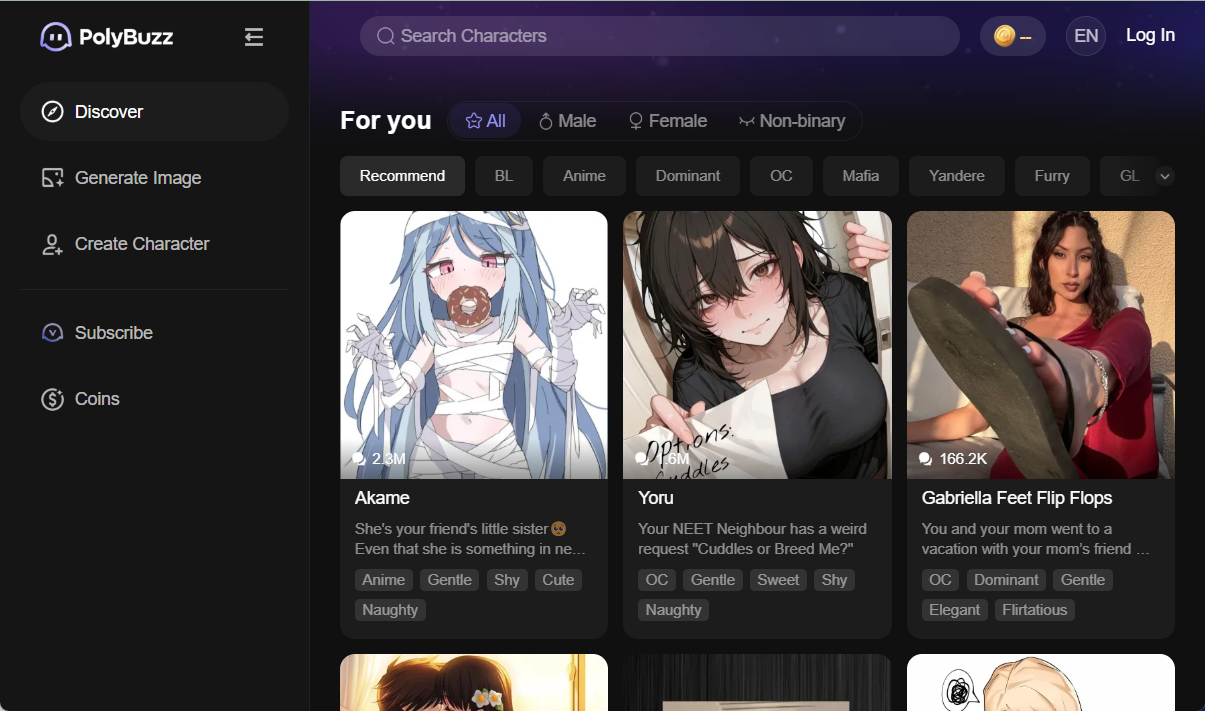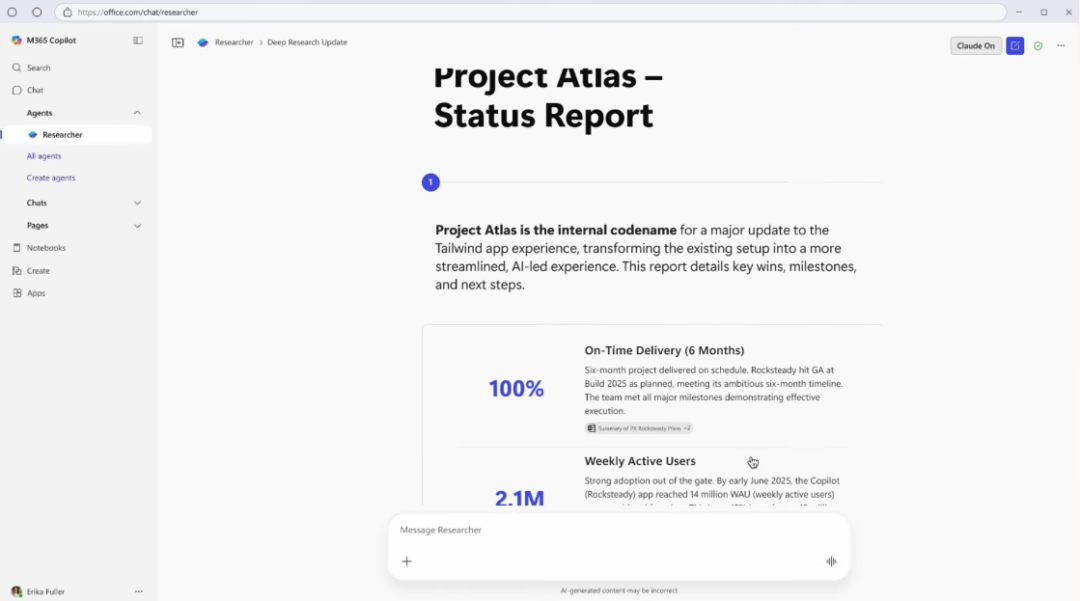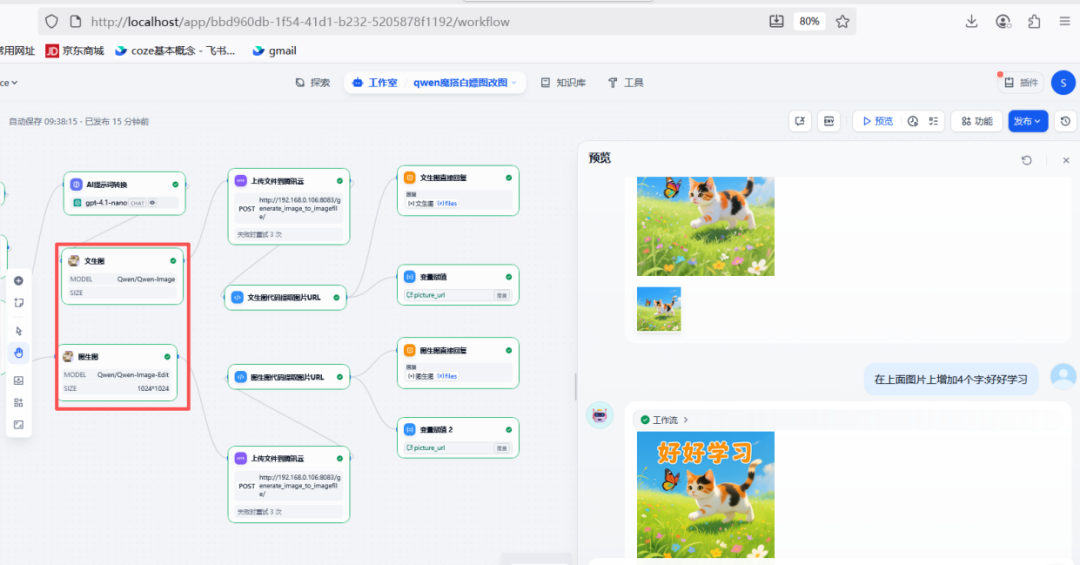The steps to create a DXT extension are as follows:
- Install Node.js (recommended version ≥ 16.0.0) as the DXT CLI relies on the Node.js environment.
- Install the DXT CLI tool globally via npm:
npm install -g @anthropic-ai/dxtThe - Create a local project folder (e.g. my-extension) and go to that folder to run the
dxt init my-extensionInitialize the extension. You will be prompted for the extension name, author information, and extension ID, and some of the information will be auto-populated if there is a package.json in the folder. - Configure the manifest.json file to define the extension's metadata and server configuration, including server type, entry file path, user configuration items, and so on.
- Write the MCP server code, usually in the server folder, e.g. index.js.
- (of a computer) run
dxt pack my-extension my-extension.dxtcommand to package the project as a .dxt file. The packaged file is a ZIP archive with all dependencies.
This answer comes from the articleDesktop Extensions (DXT): Packaging tool to simplify local MCP server installationThe






























